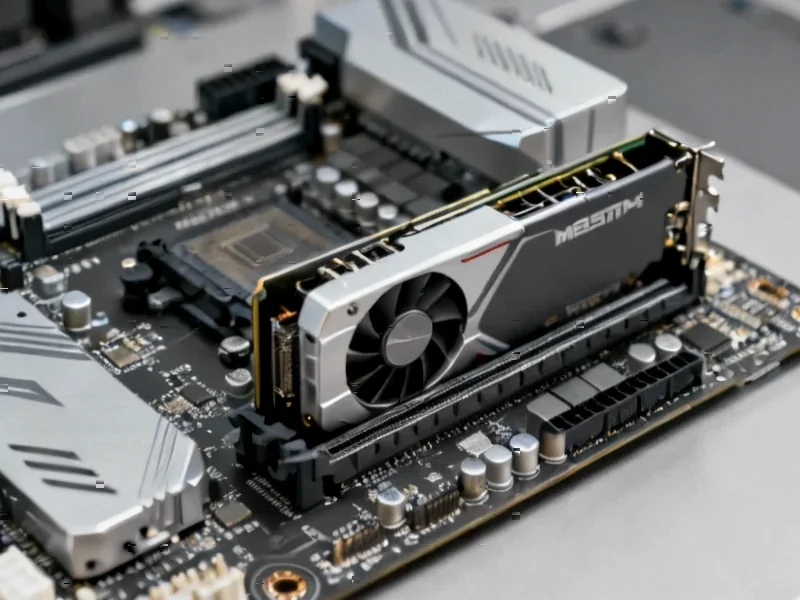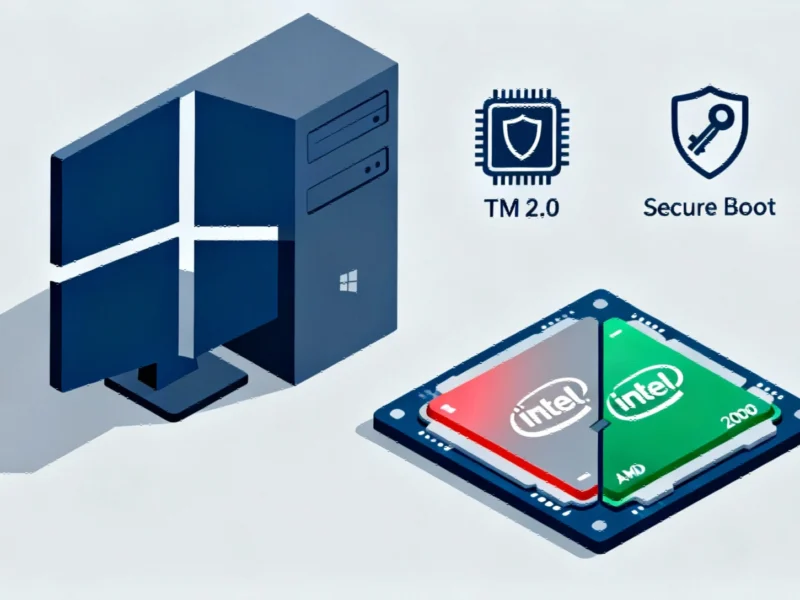According to TechSpot, AMD has revised its approach to software support for RDNA 1 and RDNA 2 graphics cards following criticism from PC gamers and industry observers. The company clarified that owners of Radeon RX 5000 and RX 6000 series GPUs will still receive targeted updates “as required by market needs,” though the policy shift removes these cards from the frequent monthly game-ready update cycle. This impacts millions of users, including those with popular handheld gaming devices like the Steam Deck and Asus ROG Ally that use RDNA 2 architecture. The affected GPUs launched between July 2019 and late 2020, with the Radeon 6700 XT remaining a mainstay on Valve’s Steam Hardware Survey as recently as September 2025. This clarification comes after concerns that maintenance mode would relegate relatively modern GPUs to only critical security patches.
The Technical Reality of “Maintenance Mode”
What AMD describes as “maintenance mode” represents a fundamental shift in driver development methodology that has significant technical consequences. Modern graphics drivers are incredibly complex software stacks that require continuous optimization for new rendering techniques, API improvements, and game engine updates. When a GPU architecture moves to maintenance mode, it typically means the driver team stops proactive performance analysis and instead only responds to critical bugs or compatibility issues. This creates a growing performance gap over time as new games increasingly target the capabilities of current-generation hardware. The architectural differences between RDNA 2 and RDNA 3 are substantial enough that driver optimizations developed for newer cards won’t necessarily translate backward effectively.
The Hidden Crisis for Gaming Handhelds
The most concerning aspect of this policy shift affects the booming handheld gaming market. Devices like the Steam Deck and ROG Ally rely on RDNA 2 architecture and have limited thermal and power budgets, making driver optimizations absolutely critical for playable performance. Unlike desktop users who can brute-force performance with better cooling or higher power limits, handheld users depend on finely-tuned drivers to extract every bit of performance from constrained hardware. As AMD’s clarification to Tom’s Hardware indicates, these devices will now receive less frequent optimization, potentially leaving them struggling with future game releases that weren’t tested against their specific performance characteristics.
The Feature Gap That Will Only Widen
Beyond raw performance, the most significant loss for RDNA 1 and 2 users will be feature parity. AMD’s latest technologies like Fluid Motion Frames, HYPR-RX, and future FSR enhancements will be exclusive to RDNA 3 and newer architectures. This creates a technological divide where users with perfectly capable hardware miss out on software-based performance improvements that could extend their cards’ useful lifespan. The situation differs significantly from Nvidia’s approach, where features like DLSS often receive backward compatibility, and driver optimizations continue for multiple generations. This strategic difference reflects AMD’s resource allocation priorities but creates a perception problem for users who expected longer-term support for what are still relatively modern GPUs.
Broader Industry Implications
AMD’s decision reflects a broader industry trend where hardware manufacturers are shortening software support cycles to encourage upgrades. However, this approach risks alienating the value-conscious segment that has traditionally been AMD’s strength. The timing is particularly problematic given ongoing GPU market dynamics and economic pressures that have extended upgrade cycles for many users. As industry analysis has shown, graphics card longevity has become increasingly important to consumers making substantial investments in their gaming setups. AMD’s clarification suggests the company recognizes this concern, but the vague “as needed” update policy leaves users uncertain about what level of support they can realistically expect.
What Users Should Actually Expect
Based on historical patterns and technical realities, RDNA 1 and 2 owners should prepare for a gradual performance decline relative to newer architectures. While critical bugs and security issues will likely be addressed, the days of consistent performance improvements with each driver release are over. The most significant impact will be seen in games released 12-18 months from now, as developers increasingly optimize for RDNA 3 and 4 architectural features. Users of RDNA 2-based handhelds may face the most immediate challenges, as these devices already operate at the performance edge and depend heavily on driver-level optimizations for playable frame rates in demanding titles.




